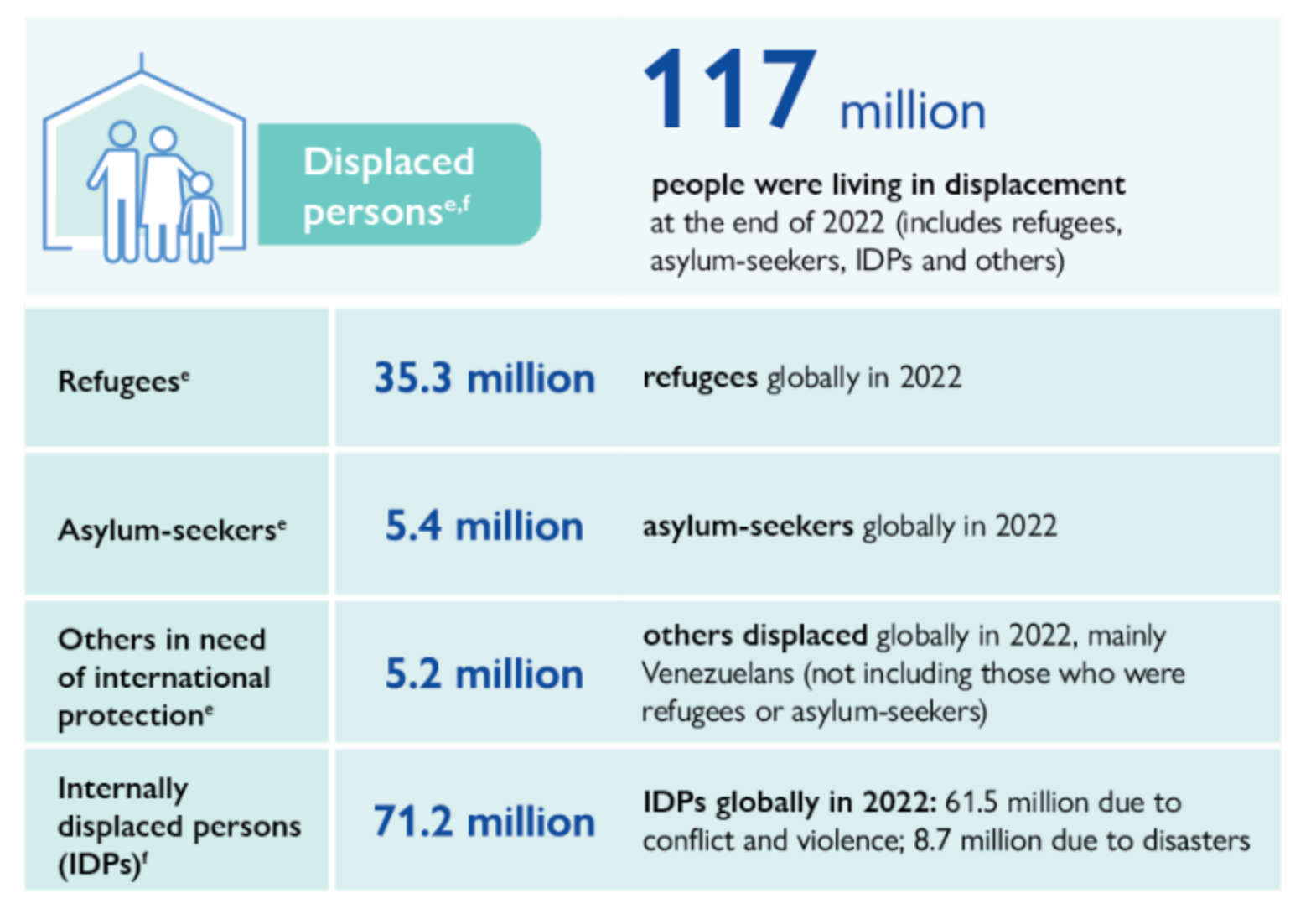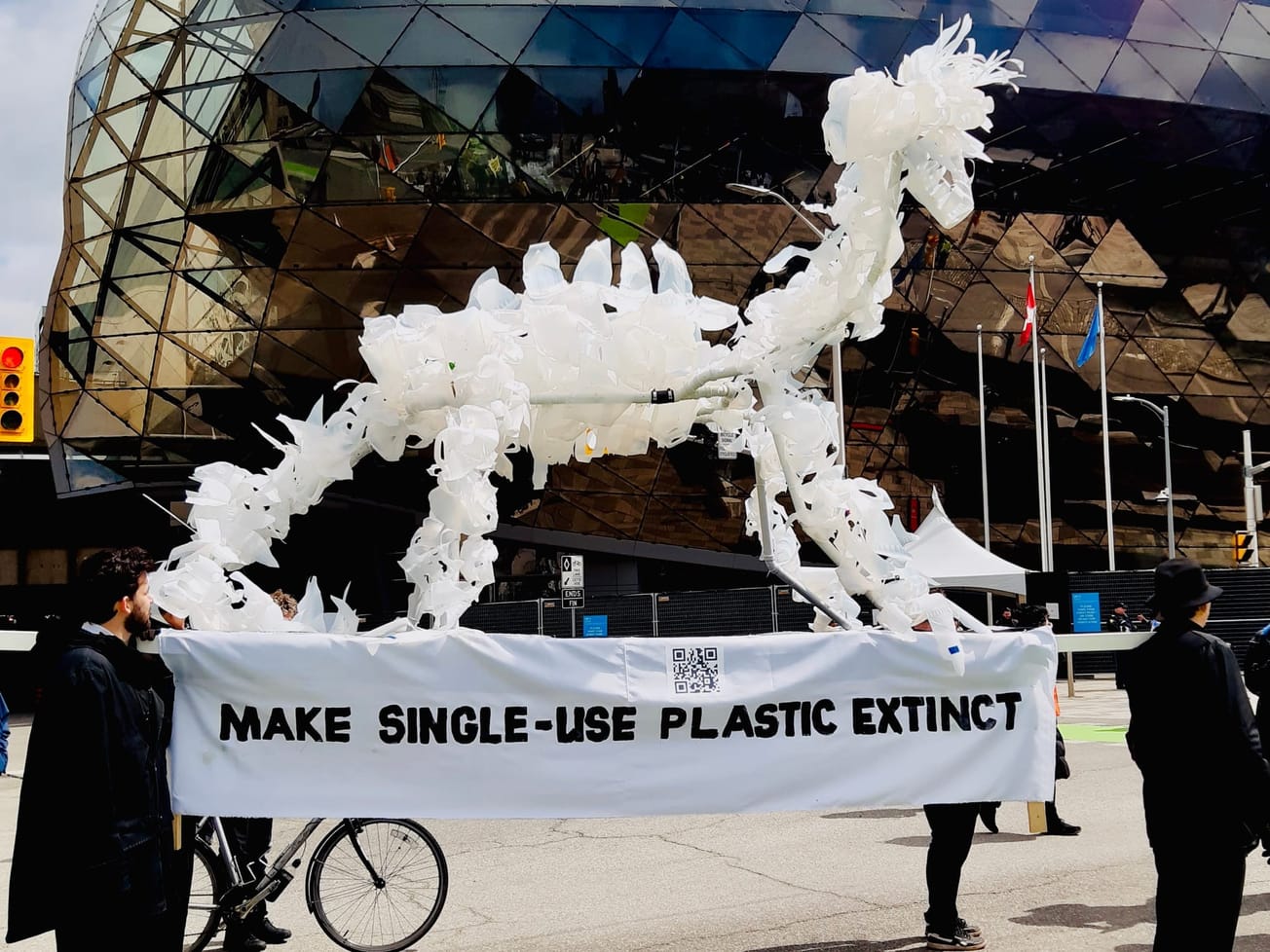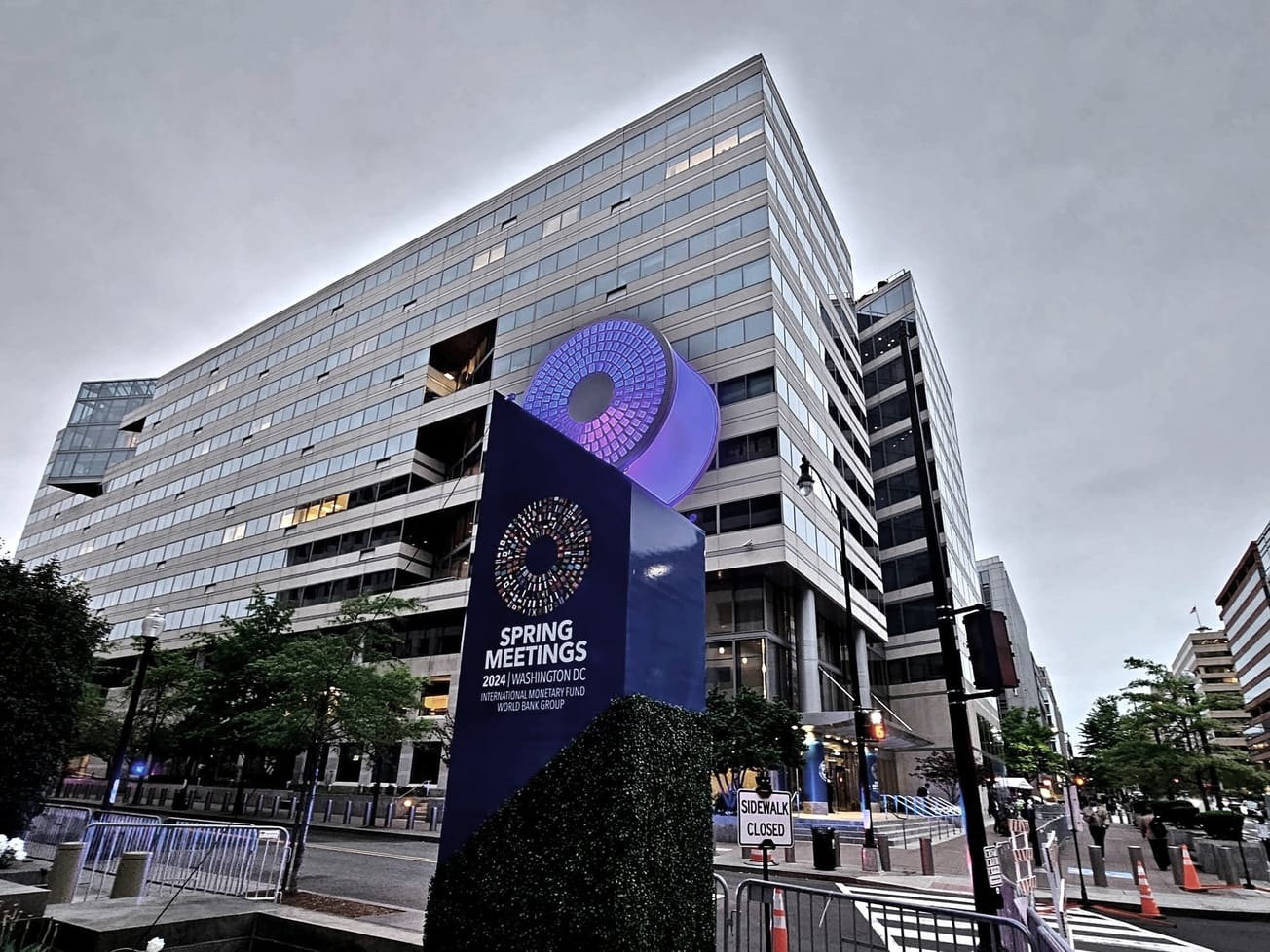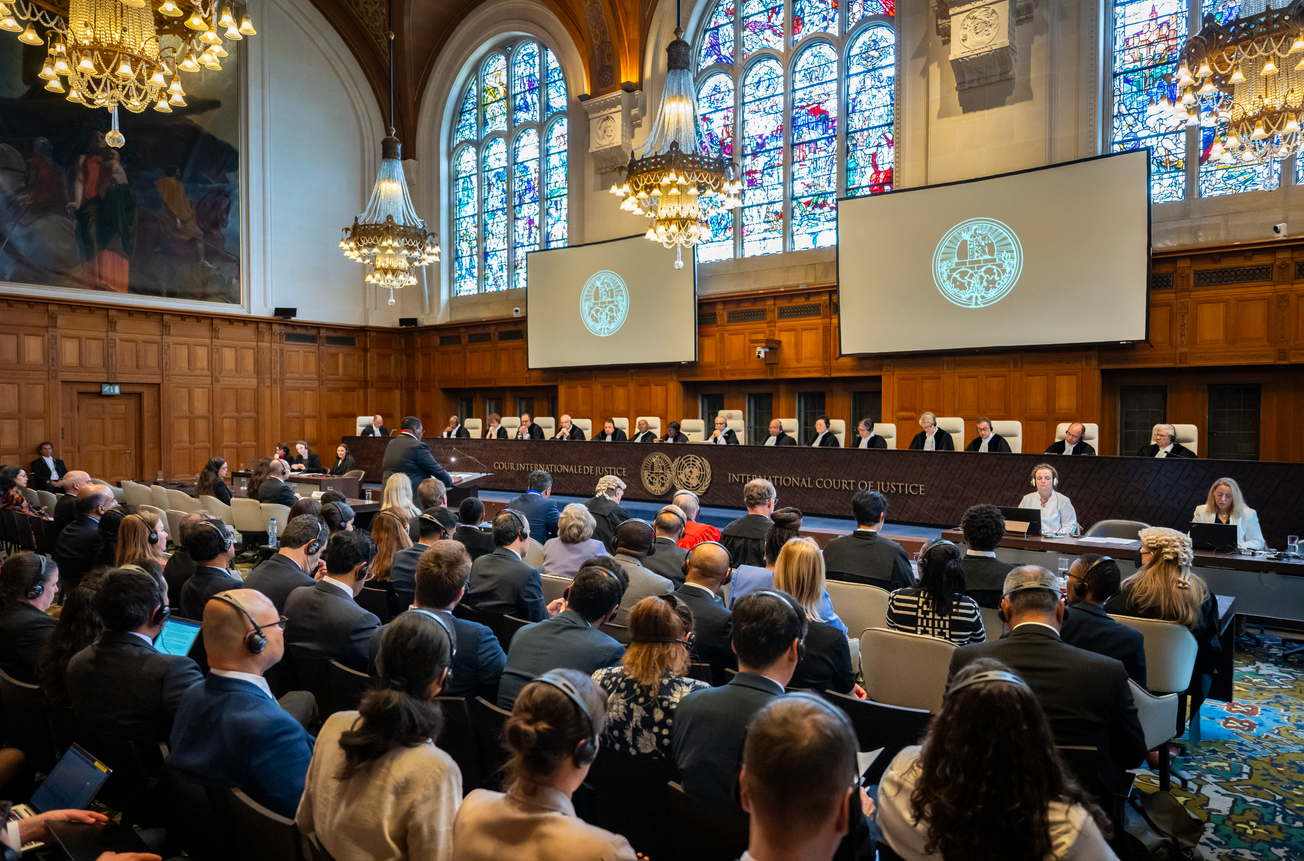Displaced by war or seeking better lives for themselves and their families, people around the globe are on the move and, in many cases, so is their money.
International remittances sent home by migrants continue to rise and were up more than 650% between 2000 to 2022 – from US$128 billion to US$831 billion. That’s according to a report from the U.N.’s International Organization for Migration highlighting how international migration remains a driver of human development and economic growth.
The growth continued despite predictions from some analysts that remittances would decrease substantially because of the COVID-19 pandemic.
Migration is as old has human history and is, more often than not, conducted in an orderly and safe fashion along established corridors. Still, newcomers and outsiders are often viewed with unease and suspicion, making immigration a toxic wedge issue with populist politicians demonizing immigrants for political gain.
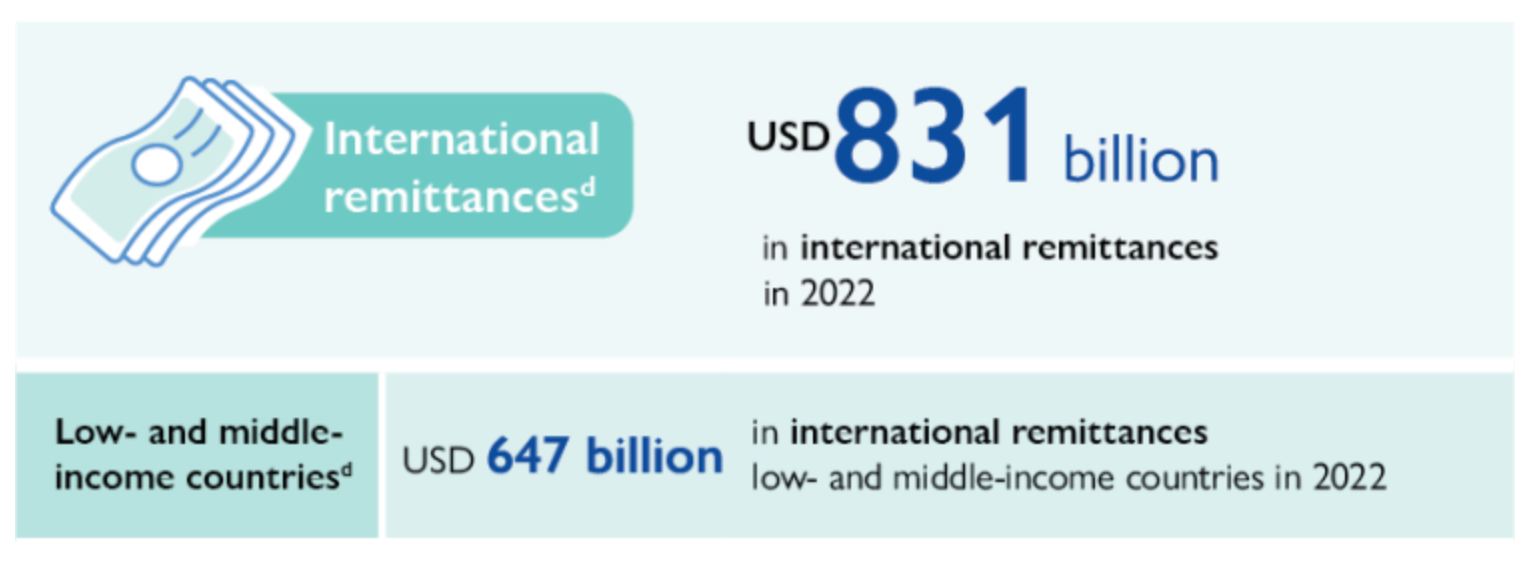
Migration on the increase
Despite the perception, the IOM notes, cross-border migration remains relatively uncommon with 3.6% of the global population, or about 281 million people in 2022, being international migrants. The number of international migrants has grown from around 84 million globally in 1970. When population growth is considered, the proportion of international migrants inched up from 2.3%.
IOM's World Migration Report 2024 aims to “demystify the complexity of human mobility through evidence-based data and analysis,” says IOM chief Amy Pope. “In a world grappling with uncertainty, understanding migration dynamics is essential for informed decision-making and effective policy responses.”
The Geneva-based organization's long-term research shows unequivocally that migration is a “driver of human development” that can provide significant benefits for migrants, their families and countries of origin.
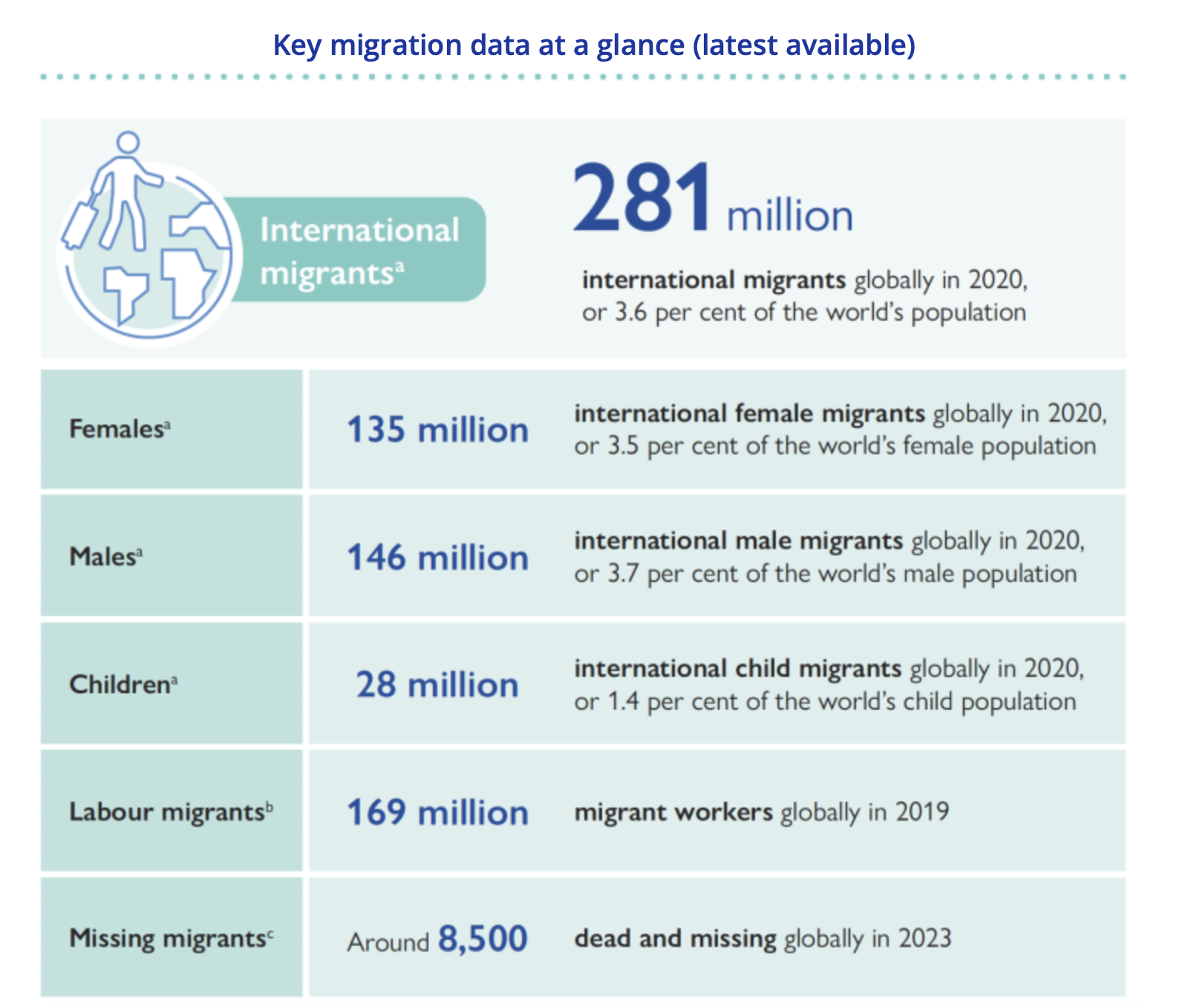
Of the US$831 billion in remittances, IOM reports that US$647 billion sent home by migrants went to low- and middle-income countries. For developing nations, these remittances can account for a significant portion of their gross domestic product. Money sent home to Tajikistan, for example, accounted for 51% of its GDP in 2022. In Tonga, remittances accounted for 44% of GDP, and in Lebanon, 36%. This money sent home from abroad often surpasses foreign direct investment.
Culture of dependency
For nations on the receiving end, IOM says, remittances can “cultivate a culture of dependency” that reduces participation in the workforce and slows economic growth. For migrants sending cash home, the cost can be significant – as much as 8% in parts of Africa, for example.
One of the U.N.’s 17 Sustainable Development Goals for 2030 commits nations to reducing transaction costs for migrants transferring money home to less than 3% on a US$200 remittance.
For high-income destination countries facing a declining population and an ever-aging workforce, immigrants can provide necessary skills and needed labor while easing pressures on pension systems. Immigration can also negatively effect wages and the job market, but the IOM says these impacts are usually small.
Regardless of what researchers say, the perception of migrants remains stubbornly negative. A survey made public this week by a Denmark-based think tank, the Alliance of Democracies Foundation, finds that for most Europeans, curbing immigration is a more pressing issue than combating climate change.
This friction will likely only intensify in the coming years. Unprecedented numbers of women, children and men are being displaced, the U.N. reports, sometimes within and often outside of their native countries, by conflicts, wars, violence, climate change, natural disasters and political and economic instability. The number of displaced people has surged to 117 million, the highest levels in modern-day records.
